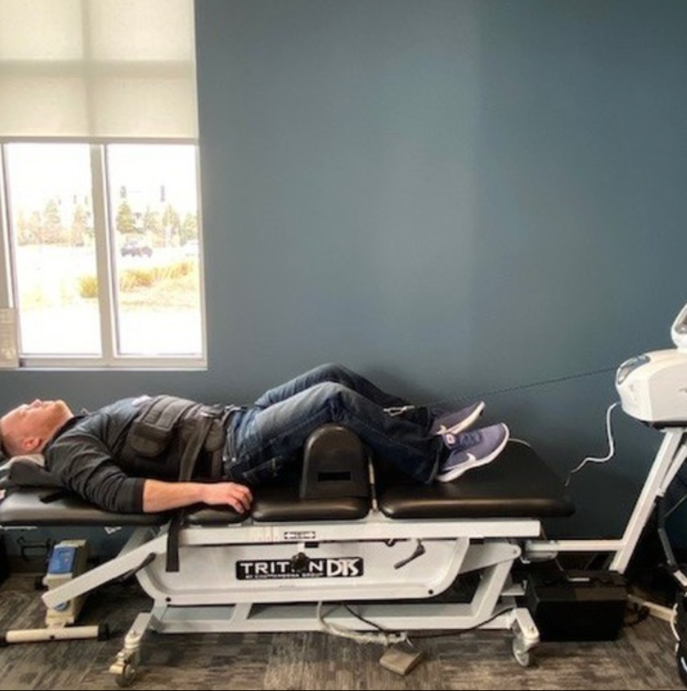Straighten Up: How Chiropractic Care Addresses Postural Alignment and Back Pain
In today's modern world, where hours are spent hunched over screens and sedentary lifestyles are the norm, maintaining proper posture has become increasingly challenging. Poor posture not only affects our appearance but can also lead to a myriad of health issues, including back pain, neck pain, and headaches. Fortunately, chiropractic care offers a holistic approach to addressing postural misalignments and alleviating associated discomfort. In this blog post, we'll explore how chiropractic adjustments can improve postural alignment and provide relief from back pain.
Understanding Postural Alignment and Its Impact on Back Pain
Postural alignment refers to the positioning of the body's various components—bones, muscles, and joints—in relation to one another. When our posture is correct, the body is in a state of balance and alignment, allowing for optimal function and minimal stress on muscles and joints. However, poor posture disrupts this balance, placing undue strain on certain areas of the body, particularly the spine.
Over time, this strain can lead to musculoskeletal imbalances, spinal misalignments (subluxations), and increased pressure on nerves, resulting in discomfort and pain, most commonly felt in the lower back, upper back, and neck.
How Chiropractic Care Addresses Postural Alignment and Back Pain
Chiropractic care focuses on restoring proper spinal alignment and function through hands-on adjustments and manipulations. Here's how chiropractic treatments can help improve postural alignment and alleviate back pain:
- Spinal Adjustments: Chiropractors use precise adjustments to realign vertebrae in the spine, correcting subluxations and restoring proper alignment. By eliminating spinal misalignments, chiropractic adjustments reduce pressure on nerves and relieve tension in surrounding muscles, leading to decreased back pain and improved posture.
- Muscle Balance and Flexibility: In addition to spinal adjustments, chiropractors may incorporate soft tissue therapies, stretching exercises, and rehabilitation techniques to address muscular imbalances and improve flexibility. Strengthening weak muscles and loosening tight muscles helps restore balance to the musculoskeletal system, supporting better posture and reducing the risk of future injuries.
- Postural Education and Ergonomic Advice: Chiropractors provide personalized guidance on maintaining proper posture in daily activities, including sitting, standing, and lifting. They may recommend ergonomic adjustments to workstations and home environments to promote spinal health and prevent postural strain.
- Whole-body Approach: Chiropractic care takes a holistic approach to health, considering the interconnectedness of the body's systems. Chiropractors may address underlying factors contributing to poor posture and back pain, such as lifestyle habits, stress, and nutrition, to support overall well-being and long-term relief.
Benefits of Improved Postural Alignment and Reduced Back Pain
By addressing postural misalignments and alleviating back pain, chiropractic care offers numerous benefits, including:
- Increased comfort and mobility
- Reduced risk of injury
- Improved energy levels and mood
- Enhanced athletic performance
- Better sleep quality
Conclusion
Proper posture is essential for maintaining spinal health and preventing back pain. Through chiropractic care, individuals can experience significant improvements in postural alignment and relief from discomfort associated with poor posture. By addressing the root cause of back pain and promoting spinal health, chiropractors empower their patients to lead healthier, more active lives, free from the limitations imposed by musculoskeletal issues.
If you're struggling with back pain or seeking to improve your posture, consider scheduling a consultation with Function First. Together, you can embark on a journey toward better spinal health and enhanced overall well-being.














